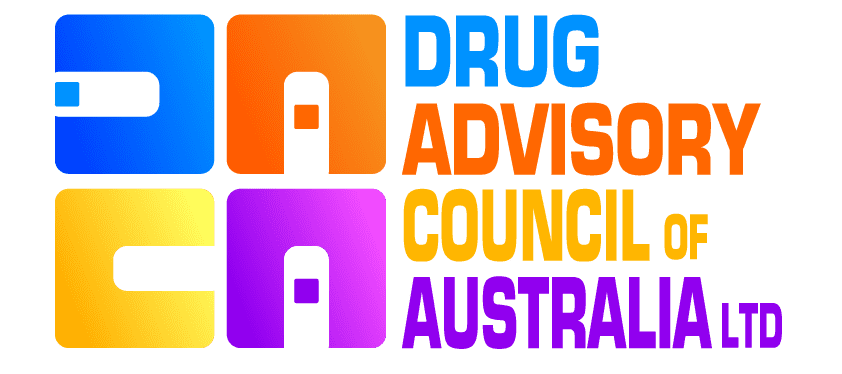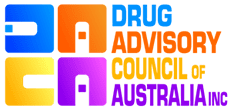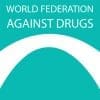A. Benjamin Srivastava, MDCorrespondence information about the author MD A. Benjamin Srivastava
Email the author MD A. Benjamin Srivastava, Mark S. Gold, MD
Department of Psychiatry, Washington University School of Medicine, St Louis, MO
DOI: https://doi.org/10.1016/j.mayocp.2018.01.018
The opioid epidemic is the most important and most serious public health crisis today. The effects are reported in overdose deaths but are also starkly evident in declines in sense of well-being and general health coupled with increasing all-cause mortality, particularly among the middle-aged white population.1 As exceptionally well described by Rummans et al in this issue of Mayo Clinic Proceedings, the cause of the epidemic is multifactorial, including an overinterpretation of a now infamous New England Journal of Medicine letter describing addiction as a rare occurrence in hospitalized patients treated with opioids, initiatives from the Joint Commission directed toward patient satisfaction and the labeling of pain as the “5th vital sign,” the advent of extended-release oxycodone (OxyContin), an aggressive marketing campaign from Purdue Pharma L.P., and the influx of heroin and fentanyl derivatives.
To date, most initiatives directed toward fighting the opioid initiatives, and the focus of the discussion from Rummans et al, have targeted the “supply side” of the equation. These measures include restricting prescriptions, physician drug monitoring programs, and other regulatory actions. Indeed, although opioid prescriptions have decreased from peak levels, the prevalence of opioid misuse and use disorder remains extremely prevalent (nearly 5%). Further, fatal drug overdoses, to which opioids contribute to a considerable degree, continue to increase, with 63,000 in 2016 alone.6 Thus, although prescription supply and access are necessary and important, we need to address the problem as a whole. To this point, for example, the ease of importation and synthesis of very cheap and powerful alternatives (eg, fentanyl and heroin) and the lucrative US marketplace have contributed to the replacement pharmacy sales and diversion with widespread street-level distribution of these illicit opioids; opioid-addicted people readily switch to these illicit opioids.
A complementary and necessary approach is to target the “demand” side of opioid use, namely, implementation of preventive measures, educating physicians, requiring physician continuing education for opioid prescribing licensure, and addressing why patients use opioids in the first place. Indeed, prevention of initiation of use is the only 100% safeguard against addiction; however, millions of patients remain addicted, and they need comprehensive, rather than perfunctory, treatment. Rummans and colleagues are absolutely correct in their delineation of the unwitting consequences of a focus on pain, given that a perceived undertreatment of pain fueled the opioid epidemic in the first place. They are correct to point out how effective pain evaluation and treatment are much more than prescribing and should routinely include psychotherapy, interventional procedures, and nonopioid therapies. In addition, we have described the crossroads between pain and addiction as well as successful strategies to manage patients with both chronic pain syndromes and addiction.




